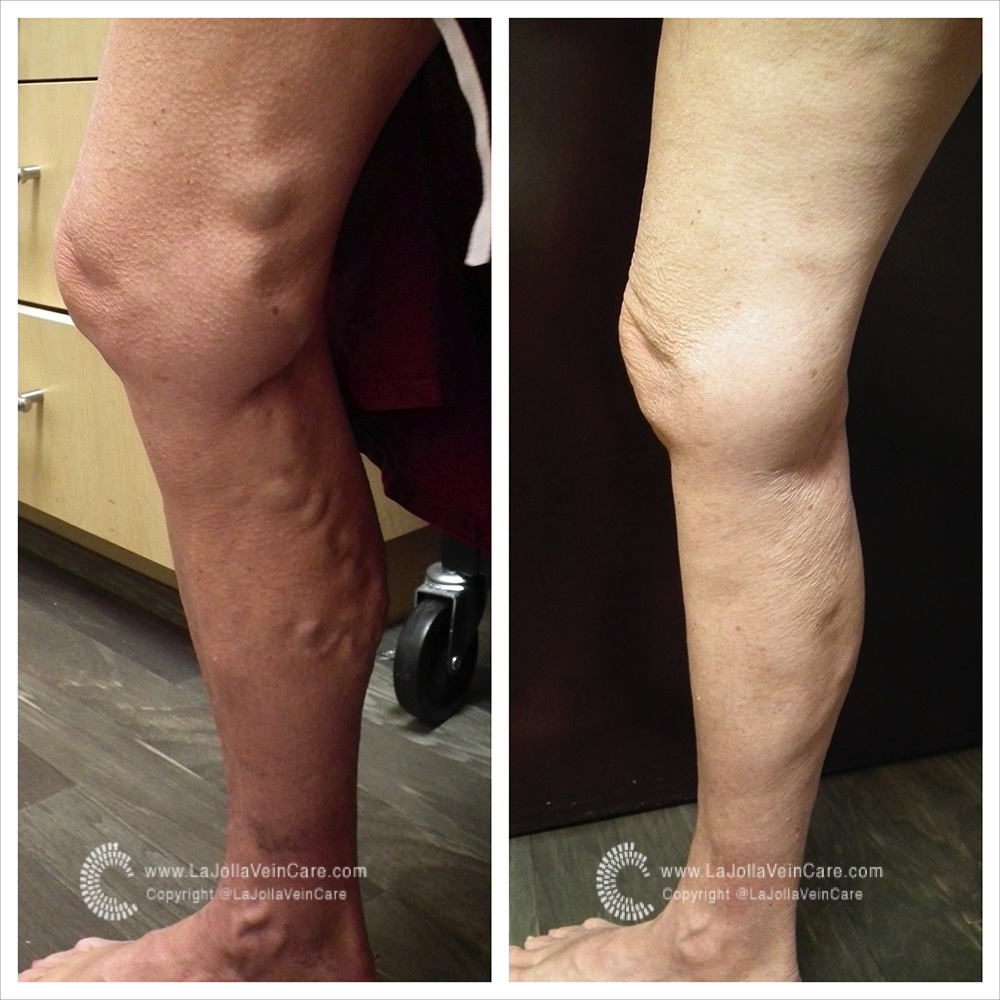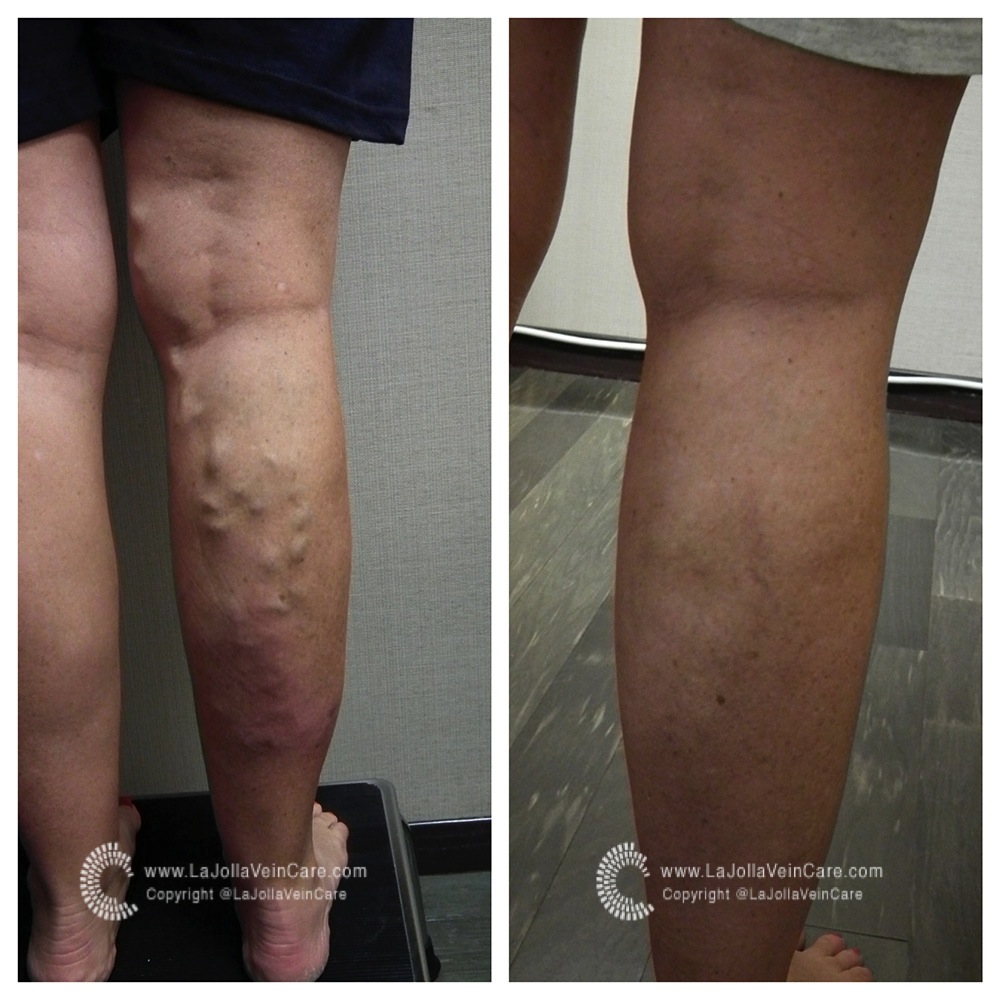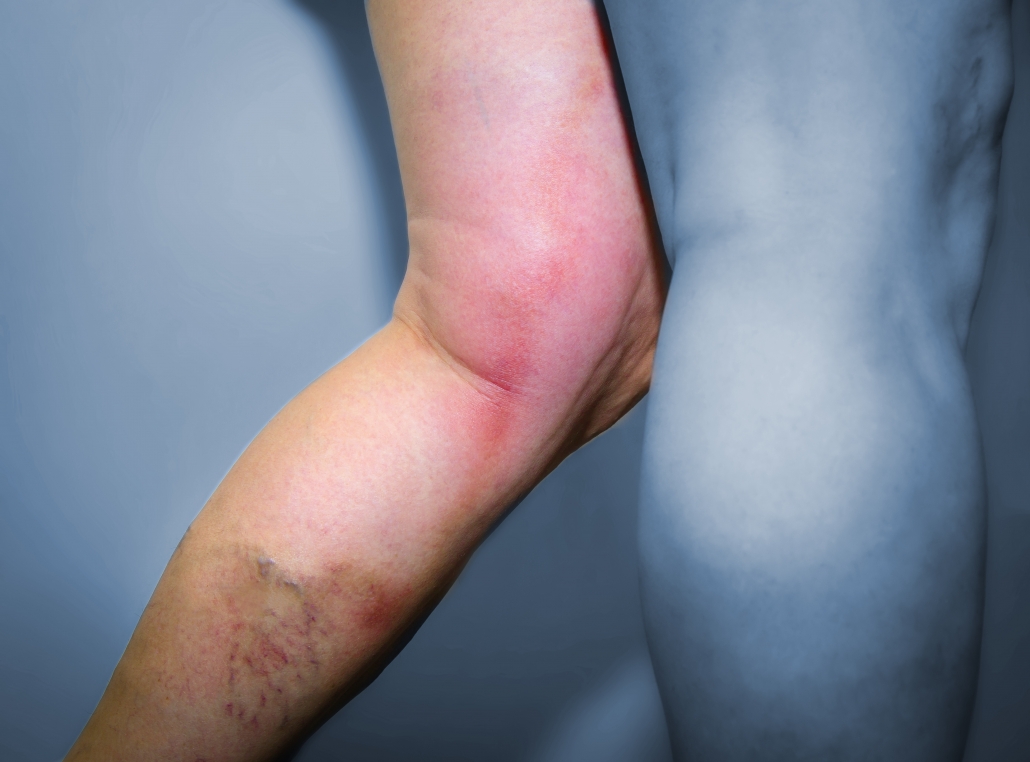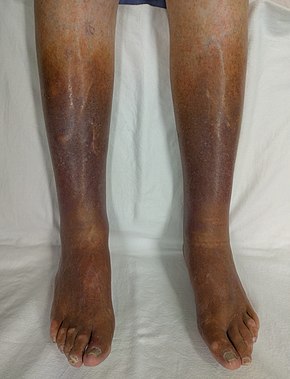WORLD THROMBOSIS DAY
Recognized on 13 October, World Thrombosis Day (WTD) focuses attention on the often overlooked and misunderstood disease of thrombosis. With hundreds of educational events in countries around the world, WTD and its partners place a global spotlight on thrombosis as an urgent and growing health problem.
Thrombosis is the formation of potentially deadly blood clots in the artery (arterial thrombosis) or vein (venous thrombosis). Once formed, a clot can slow or block normal blood flow, and even break loose and travel to an organ. This can result in significant injury, including heart attack, stroke and venous thromboembolism – the top three cardiovascular killers.
At La Jolla Vein Care, we specialize in ultrasound imaging technology that can diagnose blood clots in the leg veins, called deep venous thrombosis or DVT. A new or acute DVT requires emergency care. Old or chronic DVTs can damage the valves in the leg veins, causing a collection of signs and symptoms related to venous disease. We treat these types of conditions at La Jolla Vein Care. 
Deep vein thrombosis (DVT) – A blood clot that forms in the veins located deep within a limb, usually the lower leg or thigh. By blocking the flow of blood back to the heart, these clots are often characterized by pain and swelling of the leg. Clots in the leg can break off, travel to the lungs and lodge there as pulmonary embolism (PE). These can be fatal because they block the flow of blood from the lungs back into the heart.
learn more about world thrombosis day
To learn about how La Jolla Vein Care can help you, please call or email us @info@ljvascular.com












